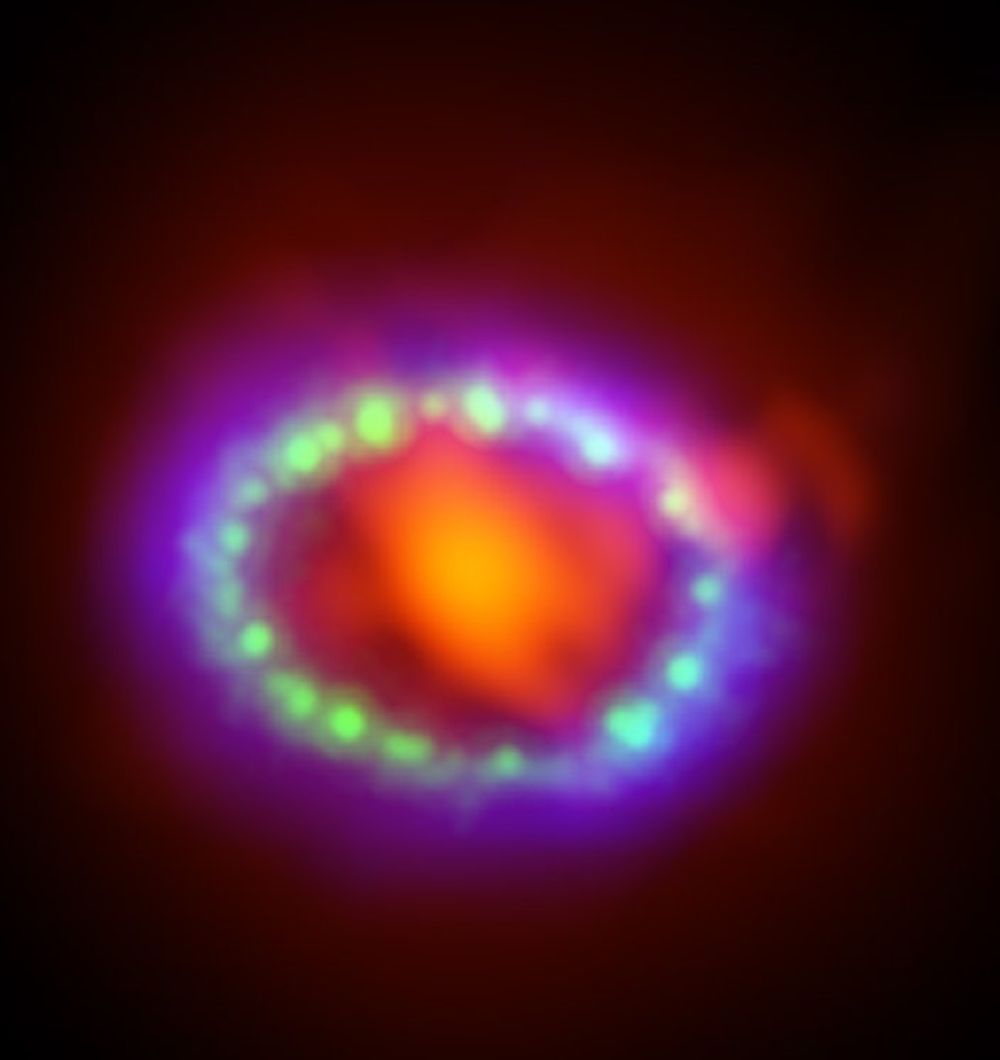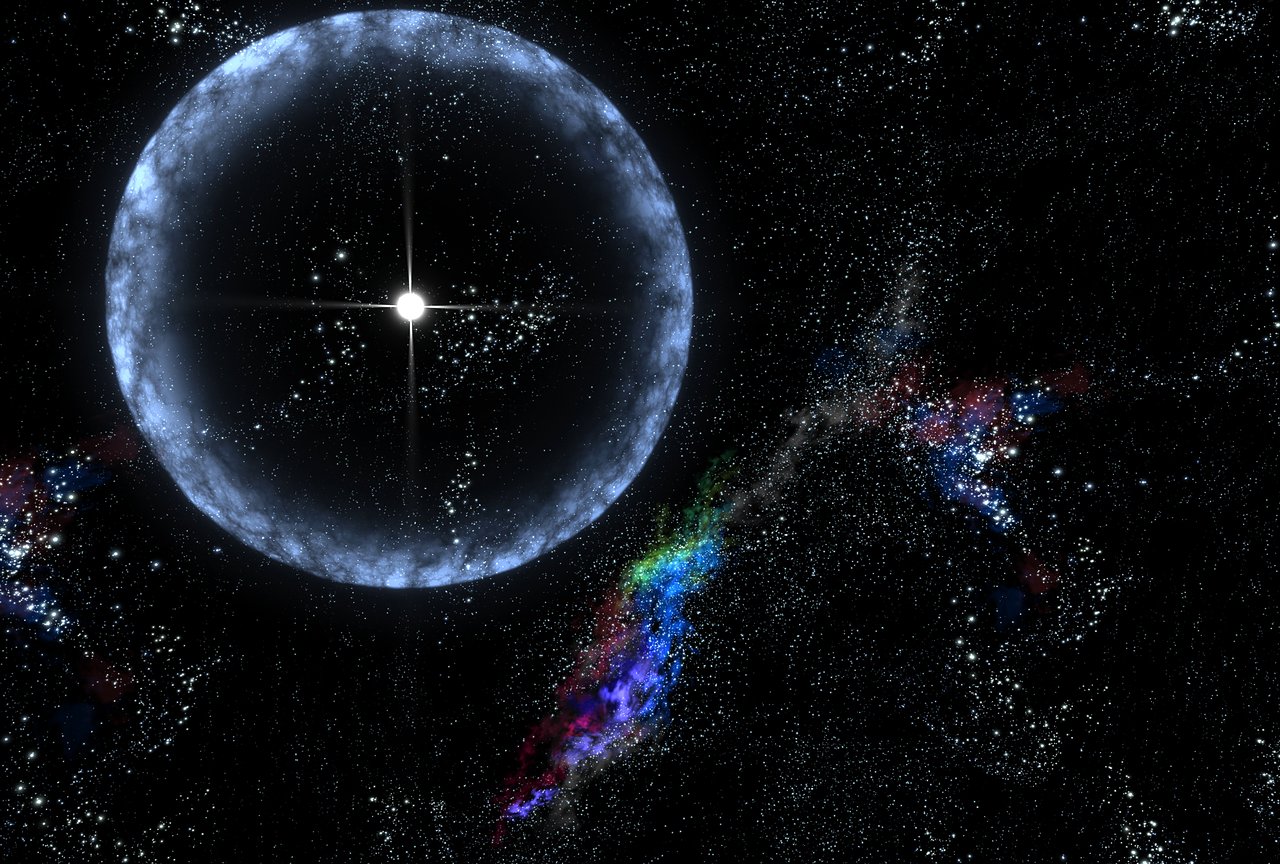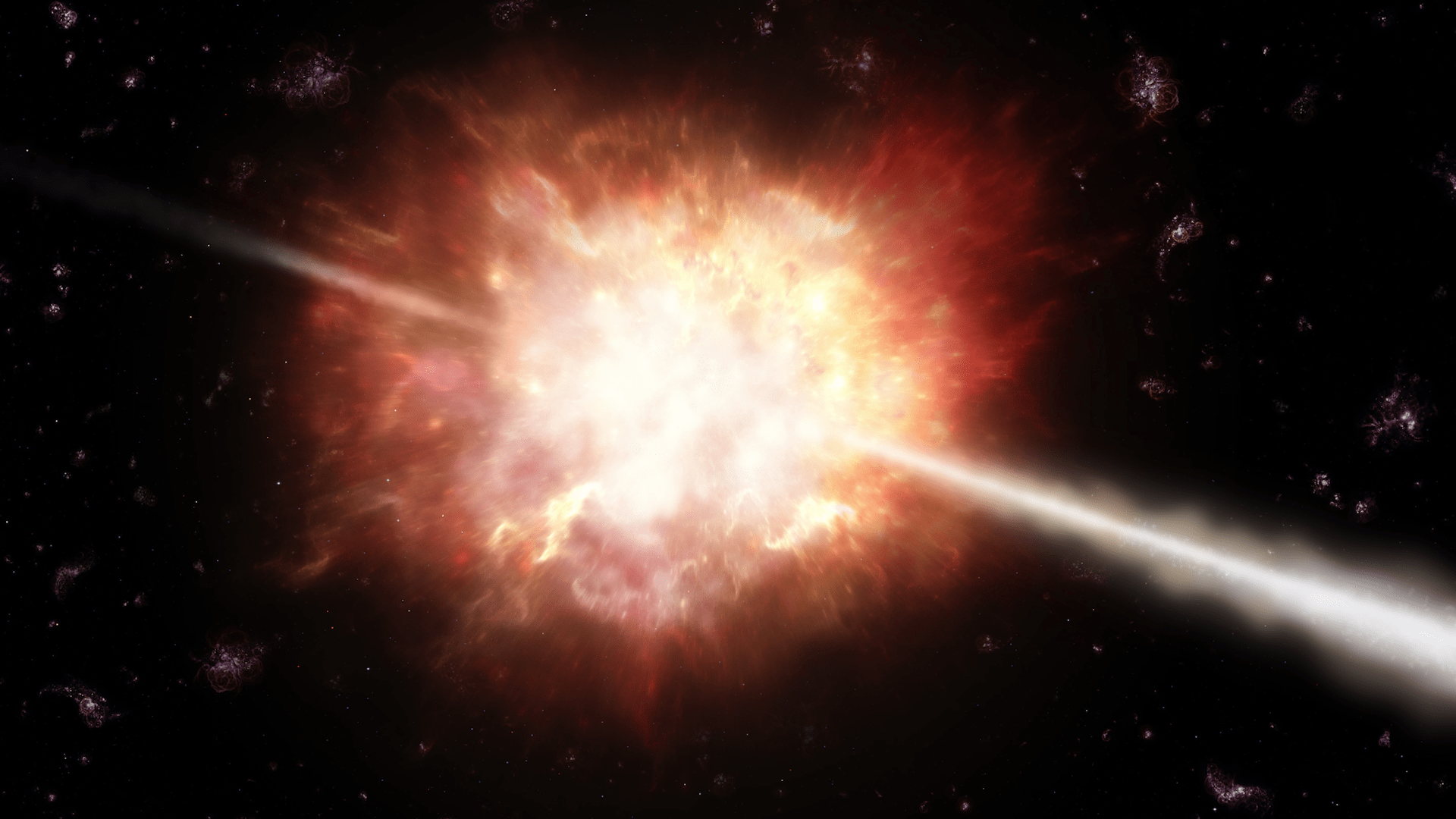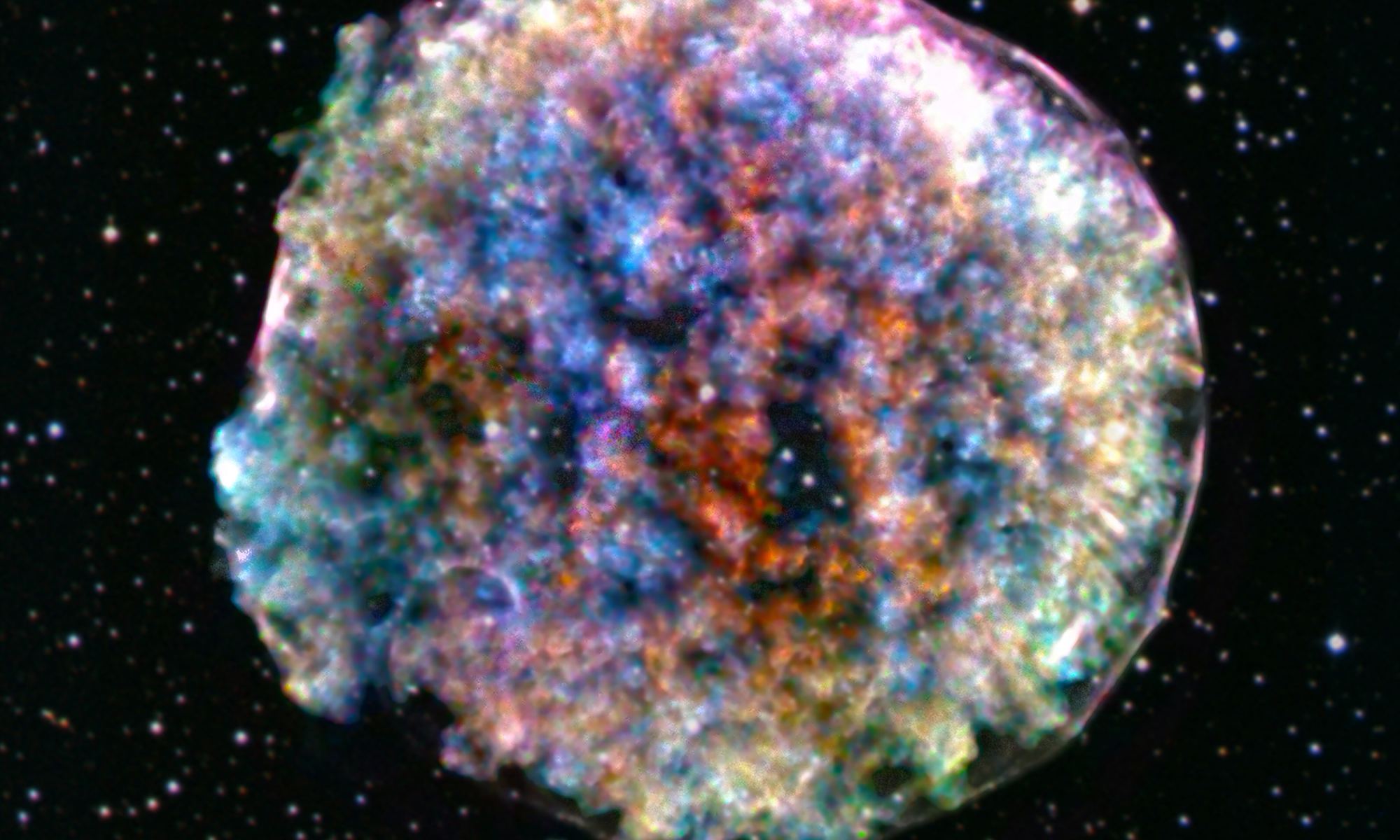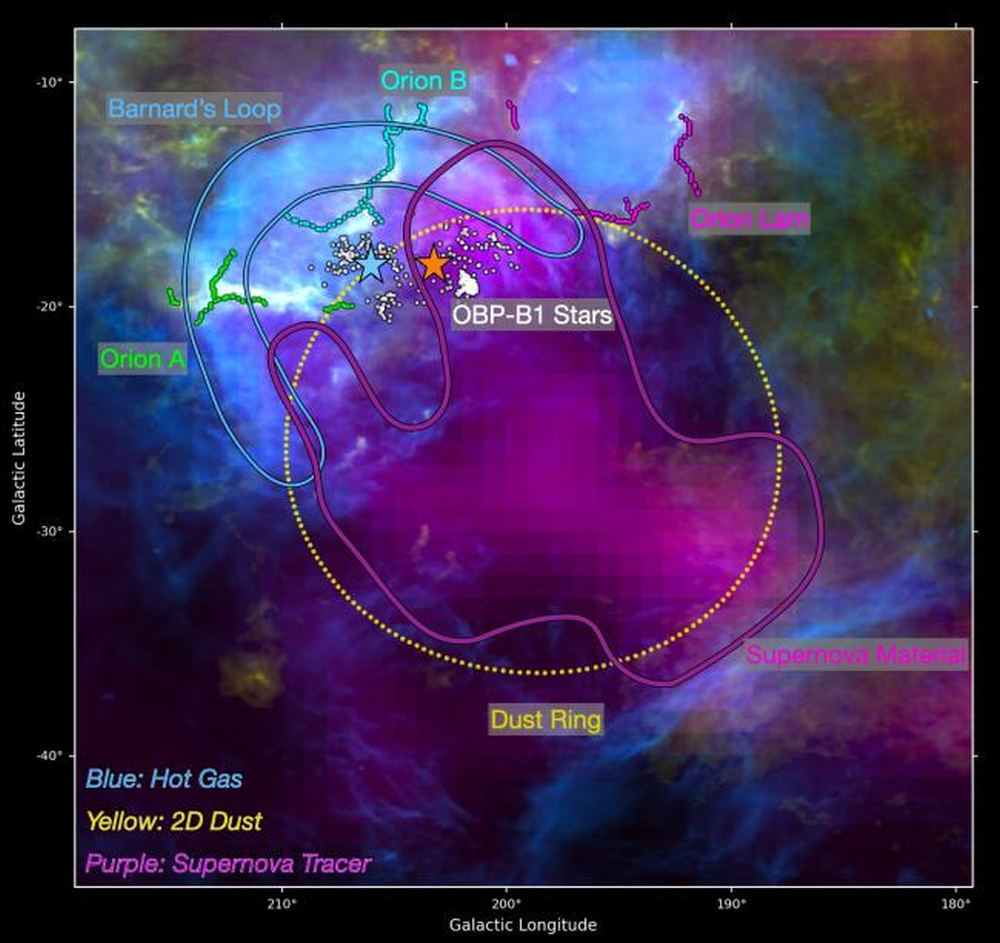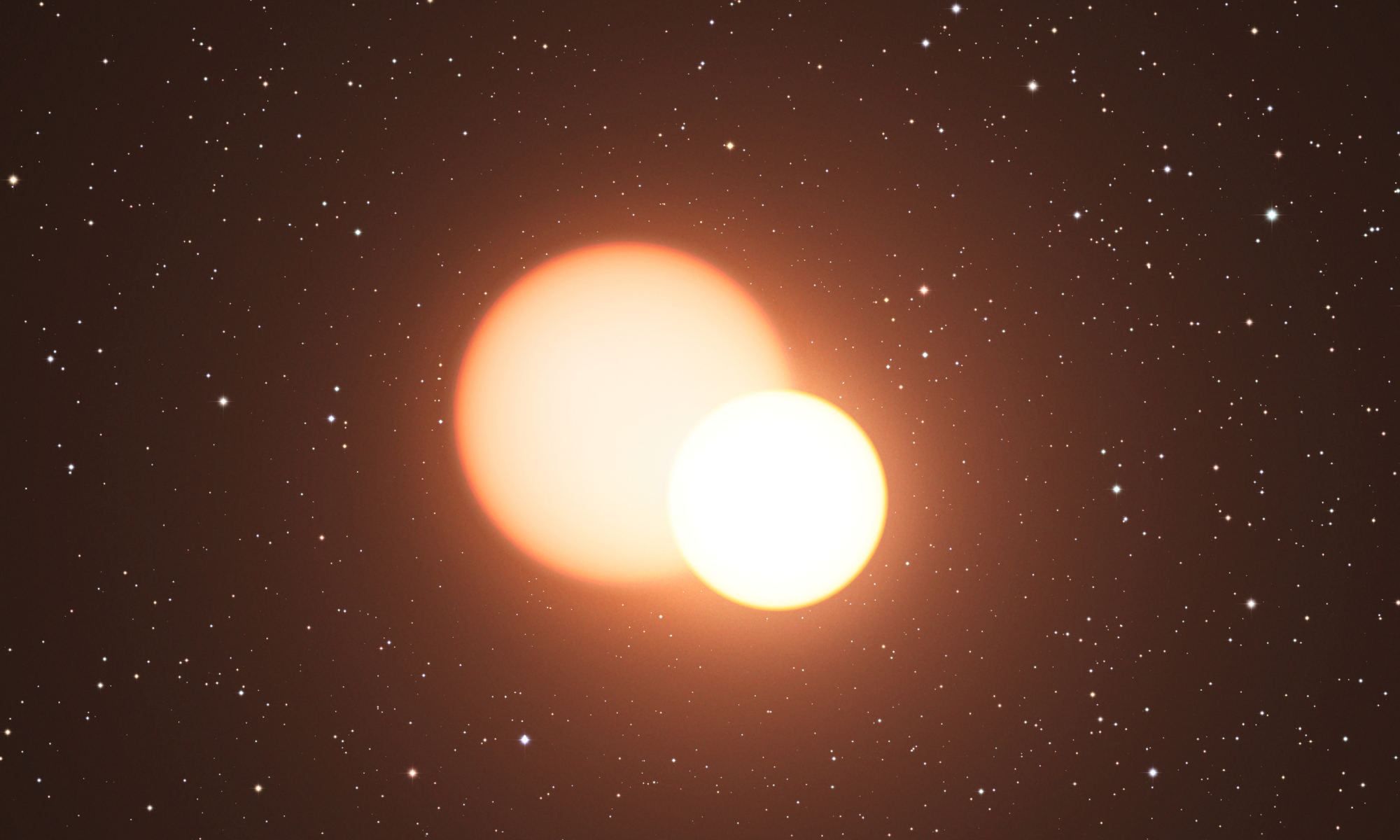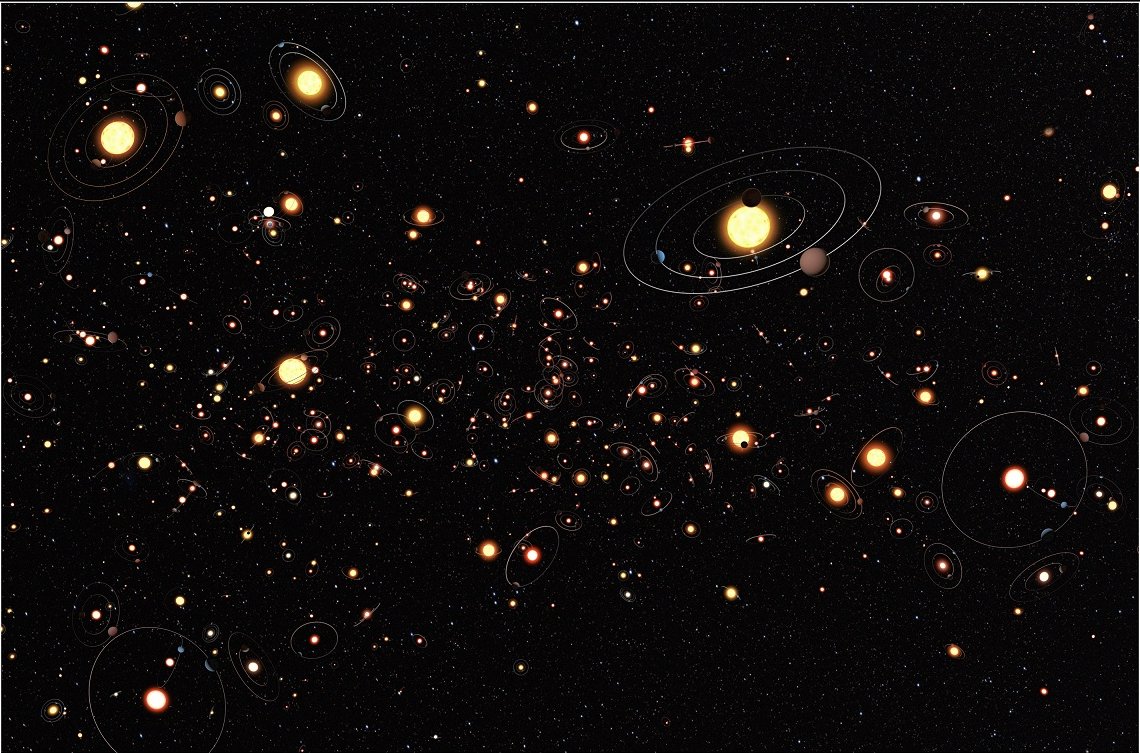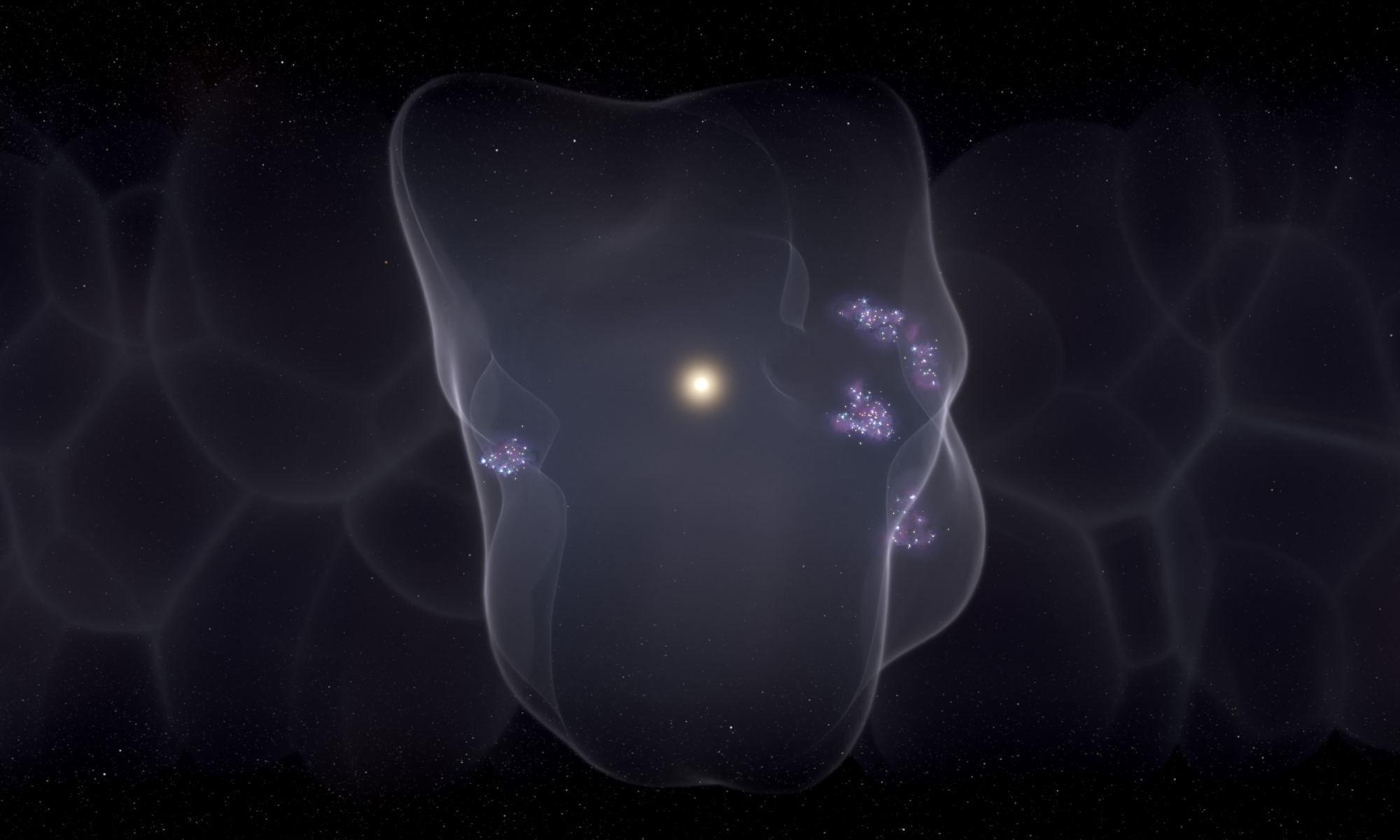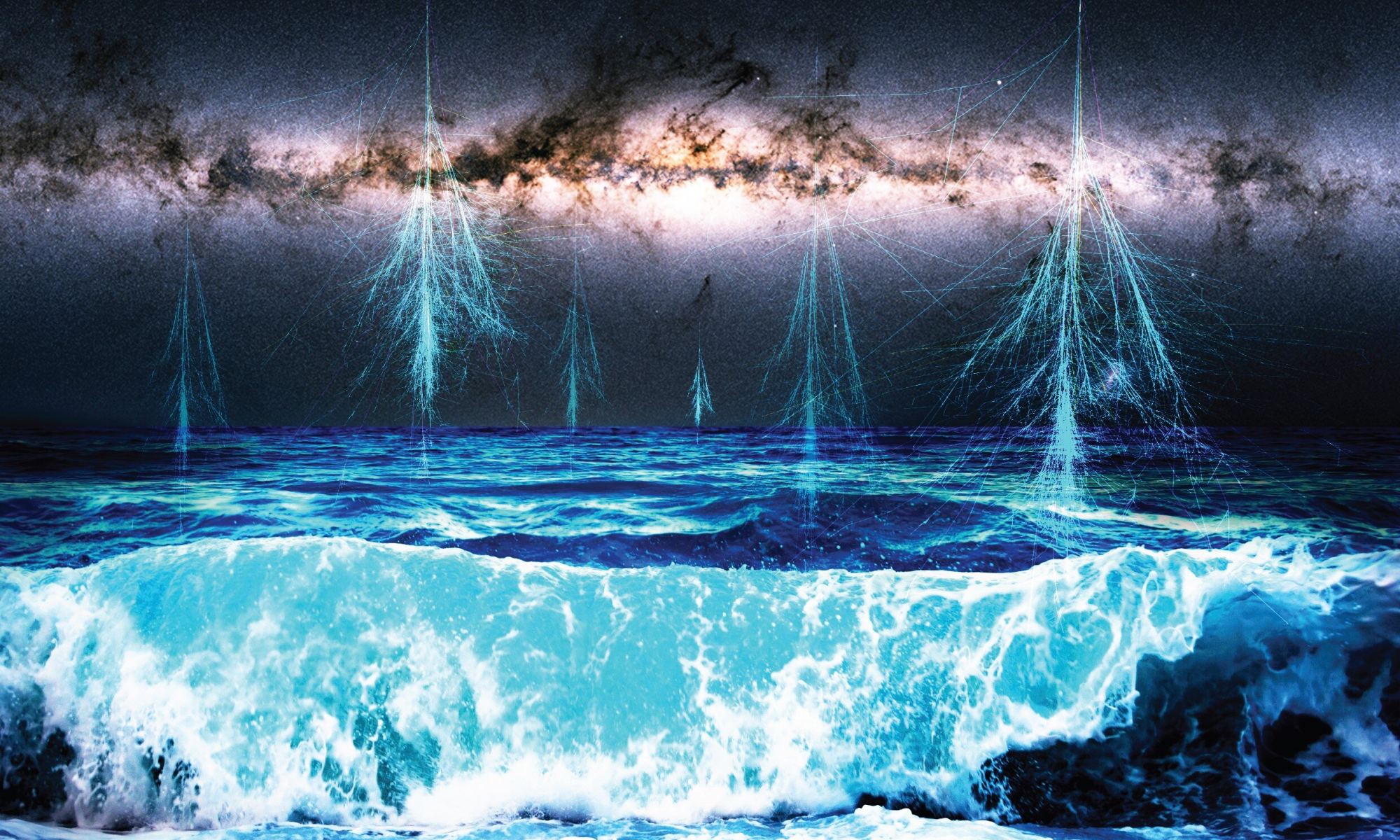Life and supernovae don’t mix.
From a distance, supernovae explosions are fascinating. A star more massive than our Sun runs out of hydrogen and becomes unstable. Eventually, it explodes and releases so much energy it can outshine its host galaxy for months.
But space is vast and largely empty, and supernovae are relatively rare. And most planets don’t support life, so most supernovae probably explode without affecting living things.
But a new study shows how one type of supernova has a more extended reach than thought. And it could have consequences for planets like ours.
Continue reading “How Dangerous are Nearby Supernovae to Life on Earth?”
